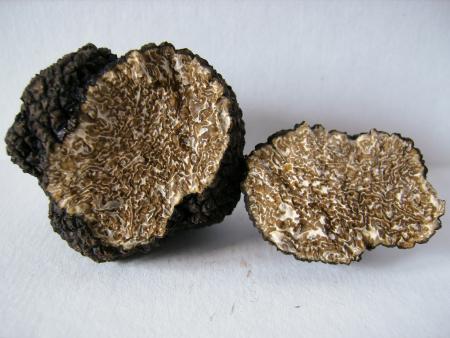
Objective:
The BIJOU project objectives are the following ones :
- Development of molecular tools to identify the origin of truffles, the stage of maturity, in correlation with the organoleptic qualities of Burgundy truffle.
- Development of evaluation and production improvement tools in truffle orchards.
- Study of the ecology of the Burgundy truffle in natural environments, and the influence of forest management on it.
The third component of the project is only developed in this factsheet.The objective is to better understand which natural environments favour Burgundy truffle, to improve truffle stations knowledge and forest stands typology, and finally to quantify the production of the studied stands.
Context:
Burgundy truffle (Tuber uncinatum) is a symbiotic mycorrhizal fungus with autumnal maturity which is present in Burgundy, Grand Est region and several European countries. Its production, although modest compared to the southern black truffle, is constantly increasing, as well as the truffle orchard plantations. On average, annual truffle harvests in Cote d'Or (Burgundy) are estimated at 15 tonnes.
More than 90% of Burgundy truffle production comes from natural forest environments. The studies and experiments which are planned in this project aim at protection of biodiversity by preserving truffle stations in natural environment in a context of wood energy development, where Burgundy truffle tends to disappear after woodcuttings.
Contacts:
Alexandre GUERRIER, alexandre.guerrier@cnpf.fr - CNPF